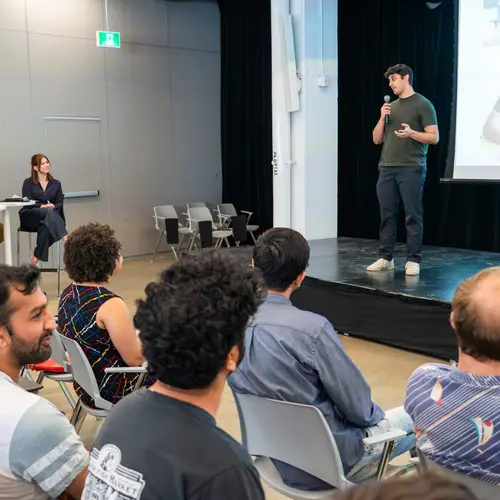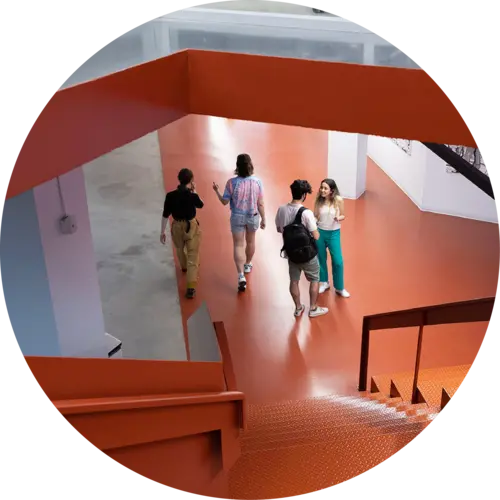
Laurent Charlin
Biography
Laurent Charlin is the Interim Scientific Director of Mila – Quebec Artificial Intelligence Institute, a Canada CIFAR AI Chair, as well as an associate professor at HEC Montréal, the business school affiliated with Université de Montréal.
Charlin’s research focuses on developing novel machine learning models to aid in decision-making. Recent work has focused on learning from data that changes over time, and on applications in fields such as recommender systems and optimization.
He has a number of highly cited publications on dialogue systems (chatbots). He co-developed the Toronto Paper Matching System (TPMS), which has been widely used by computer science conferences for matching reviewers to papers. He has also given MOOCs, introductory talks and media interviews to contribute to knowledge transfer and improve AI literacy.


